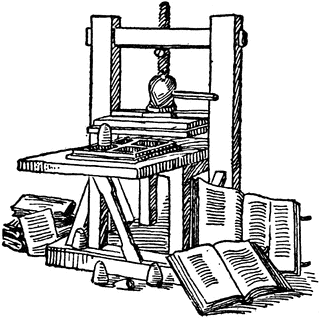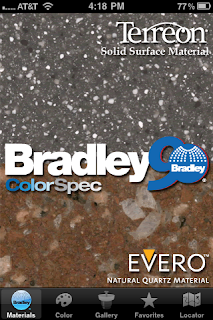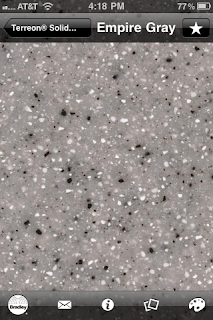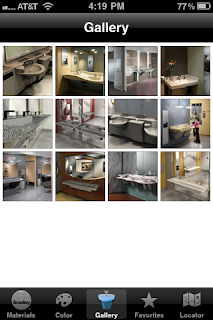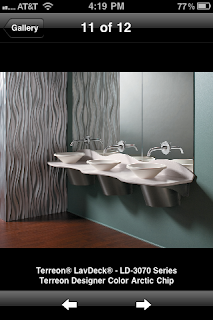This is an encore of an article Michael Chusid wrote 15 years ago. It is showing its age, especially in the "Delivery" discussion as computer technology and publishing have evolved rapidly. However it has stood the test of time.
I need to update my company's guide specifications with new technical information. I want to use the opportunity to make sure they are as well written as possible. What should I look at? - C.T., product manager
Though primarily a technical document, a guide spec is also part of your sales literature. It must be written in a way that supports your overall marketing and builds customer commitment to your product. Before revising your existing guide spec or writing a new one, I suggest auditing your specification requirements according to the following criteria.
Technical
Consider the accuracy and completeness of your specification. Have your manufacturing standards and product features changed? Can you claim new performance levels? Have product testing standards changed? Review your product literature as you update your specification so your product claims are consistent.
Specifications are one of the first things attorneys look at in construction lawsuits, so write your guide spec in a way that minimizes product liability. I add a disclaimer to guide specifications I write: "This guide specification must be edited by a qualified design or construction professional to meet project requirements." But disclaimers are not enough. The specification also must be written so that it cannot be interpreted to say something you don't intend. Make sure it does not express any unintended warranties.
Remember that your guide specification will be part of a project specification. In addition to reducing your own liability, your goal should be to reduce everybody's risk, including the specifier, contractor, and building owner. Write the specification so that the responsibilities for and risks of using your product are realistically and fairly assigned.
Also, review your history of product failures and construction claims, and write your guide spec to help avoid predictable problems.
Format
To communicate effectively, use standard formats and styles. Issuing a guide spec in a nonstandard format will make it appear that your company doesn't understand the construction industry, which could damage your credibility.
Construction Specifications Institute formats and principles are appropriate for most uses. But various government agencies, such as the U.S. Army Corps of Engineers and some state and municipal agencies, have their own formats and spec writing styles. If these are important customers, you may need separate guide specifications for their projects.
Some building products, such as a roofing material, can be specified alone in a single narrow specification section. In other instances, you might want to include your entire product line in a single section so specifiers can evaluate options in the line. With windows, for example, the specifier can choose from various styles and glazing types.
Or your product may be one of many that are traditionally specified in a broad specification section. For example, concrete admixtures are specified along with the other ingredients in a concrete mix. Understanding the specification scope will help you determine how much guide spec detail to include.
Delivery
Most specifiers today want to receive the specification in a word processing format. You might also want to consider providing expert system software to automate product selection and spec writing tasks, or creating links between your specifications and CAD, multimedia, cost estimating, and other applications.
It no longer makes sense to print guide specifications in Sweet's Catalog files, given the high per-page cost. Instead, consider putting your spec on an Internet site or a CDROM, like those published by Sweet's, Arcat, or Spec-Data. Also decide if you want your product included in master specifications, such as those published by SpecText, Masterspec, and the Corps of Engineers.
Marketing
While a guide spec is not a place for advertising hyperbole, it can communicate or reinforce your product positioning. Product features and benefits should be written into the guide specification to create a competitive advantage for you.
Some manufacturers fill their guide specs with proprietary features, hoping to make it difficult for competitors to break their spec. But this does not work unless the features truly add value, and not just differentiation. It may be beneficial to try another strategy, naming the firms and products you would prefer to compete against in your own guide specification.
Your specification does you no good if you don't tell anyone about it. In your architectural sales literature, tell readers to call or fax for a copy of the product guide specifications. Many trade journals will print news items announcing that you offer a guide specification, especially if it is on diskette, so send out press releases.
Sales
Your salespeople may want to customize the guide specification for use in their sales presentations for specific projects, or they may help specifiers edit it to meet project requirements. In either case, train salespeople to use the document effectively.
To work as a sales tool, a guide specification has to be easy to use, unambiguous, and flexible. It has to lead a specifier through a decision making process from general design concepts to specific product requirements.
Before writing a specification, look closely at project specs architects have written for your product to learn what information they consider important enough to specify. Interview several specifiers to find out how they make specification decisions. Then, after you have prepared a draft of your guide specification, ask several architects to critique it so you can revise it before you publish it.
The guide spec audit provides two benefits. First, it will help assure your guide specification will be one specifiers want to use, increasing your success in getting specified.
Secondly, it will improve the substitution resistance of the project specifications put out to bid. A well written guide spec improves the odds that the architect's project specifications will be written well and will show a strong preference for your product. This will make it less likely your competitors will be able to break the specifications with unequal products.
---------------
Chusid Associates offers a SpecAudit(tm) to help its clients take advantage of guide specifications.
Have a question you'd like us to answer?
Send an email to
michaelchusid@chusid.com
By Michael Chusid, Originally published in Construction Marketing Today, Copyright ©1996 SpecAudit is a trademark of Chusid Associates.
















